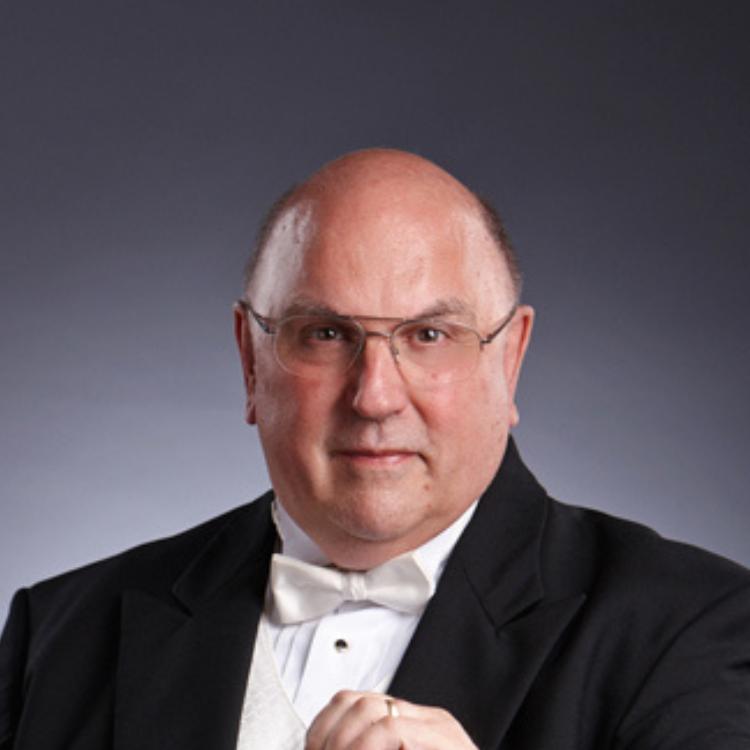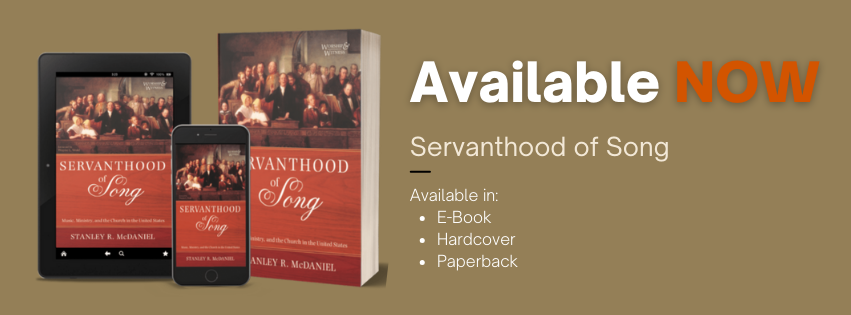Your cart is currently empty!

No. 13 – From “Sorrow Songs” to Concert Spirituals, and the Importance of Improvisational Forms in American Sacred Music
“The Port Royal Experiment”, discussed in the previous installment, was an important juncture in American church music history. Lucy McKim Garrison’s passionate advocacy for the African-American spiritual as an important and unique example of American folk art drew the attention of northerns in a way not done previously. The 1867 publication of Slave Songs of the United States, which was the culmination musically of the Port Royal Experiment, would come to be seen as a milestone in the history of nineteenth century American sacred music.
That being said, Slave Songs of the United States, was far ahead of its time and not well received by a public still ingrained – north and south – with racist views. Respected reviewers labeled the spirituals “trash”, “ugly”, and “barbaric”. Lippincott’s Magazine offered faint praise, writing “We do not believe that the negro, in his native state, knows what music is, if the term applies to melody or tune… He loves music dearly, however, when he hears it and readily appropriates a portion of it when he has been brought within its sphere.” White perceptions of African-American music were further negatively influenced by the use of spirituals and spiritual-like songs in the popular minstrel shows traversing the country. Incorporated into nostalgic scenes of fictional life on the plantation and humorous exchanges of blackface comedians, the songs were viewed by many purely for entertainment.
A first effort to change these views were tours across the North by choirs from colleges established during Reconstruction for the education of freed blacks. Known as “Jubilee” choirs, ensembles from Hampton Institute in Virginia and Central Tennessee College, the Shaw Jubilee Singers of Raleigh, North Carolina, and the New Orleans Jubilee Singers performed concerts of spiritual melodies in arrangements for soloists and mixed voices. The arrangements were generally written out, carefully memorized, and specifically created to meet the musical expectations of northern audiences. The first and most famous of the Jubilee groups was the Fisk University Jubilee Singers. The group was organized by George White, a Civil War veteran and music teacher at Fisk University, and his untiring and deeply committed black accompanist, Ella Sheppard. It was White who coined the name “Jubilee Singers”, a reference to the “year of jubilee” in Leviticus 25 and the signing of the “Emancipation Proclamation” on January 1, 1863, which had been proclaimed by blacks as “Jubilee Day”.
It is likely both Ella Sheppard and White took part in arranging and harmonizing them, but White — himself a skilled singer — devised a formula for arranging the spirituals as the Fisk students would sing them. White envisioned hymnlike pieces based on the plaintive spiritual melodies he loved, a bit exotic perhaps but crafted for polished performance. The more rough and improvisatory elements of authentic spiritual singing were mostly replaced by the more refined, cultivated sounds of W. B. Bradbury and Lowell Mason.
What is quite likely is that a more authentic performance would have had difficulty finding an audience in 1871. The irregular rhythms, rhapsodic singing, rasping voices, and bodily movement would have seemed at that time an irreligious blending of the minstrel show and a church service, too offensive to be tolerated. Those southern listeners who observed “praise meetings” were usually horrified by what they heard.
The spiritual arrangements performed by the Fisk Jubilee Singers and other groups would eventually lead to them becoming an accepted and well-received component in the concert repertoires of choirs and opera singers. Marian Anderson’s singing at the Lincoln Memorial in 1939 of “Gospel Train,” “Trampin’” and “My Soul’s Been Anchored in the Lord.” and “Nobody Knows the Trouble I’ve Seen” certainly set a standard for this. Hall Johnson, Harry Burleigh, John W. Work, William Dawson, and Jester Hairston, to Wendell Whalum, Andre Thomas, Moses Hogan, and Rollo Dilworth, all master arrangers of the choral spiritual must trace their lineage back to the Jubilee Singers.
The singing of “arranged spirituals” has become so common that it is easy to forget that the original songs, as with all true folk music, required an improvisational approach for authentic performance. In his preface to Slave Songs of the United States, William Francis Allen wrote apologetically:
The best that we can do, however, with paper and type, or even with voices, will convey but a shadow of the original. The voices of the colored people have a peculiar quality that nothing can imitate; and the intonations and delicate variations of even one singer cannot be reproduced on paper. And I despair of conveying any notion of the effect of a number singing together. . .
The dilemma Smith faced was how to adequately express on paper the improvisational nature of the singing he heard. The songs were rarely performed the same way twice! It was same dilemma faced by the colonial clergy advocating “regular singing” instead of what they called the “old way”. They neither appreciate nor understand the improvisatory nature of psalm singing in the rural meeting houses. As a result, they condemned the style as primitive and the worship style chaotic. In the twentieth century we saw barriers thrown up between black and white contemporary worship practice. In part, this was because of the Spirit-filled improvisational nature of Pentecostalism. This same close-mindedness causes many twenty-first century musicians, often unintentionally, to devalue certain pop-influenced sacred music because its improvisational character and the fact that that it does not fall within the norms for Eurocentric art music. That is unfortunate. In truth, the worth of any music used in worship must be measured by the integrity of its text and its effectiveness as a vehicle for the Holy Spirit to bring worshippers closer to Christ.
A side note: As a white church musician, I have struggled with the issue of “performance style” when it comes to programming spirituals. Over the course of my career, I was privileged to make music under the direction of a number of prominent Black conductor/composers of the last generation – Wendel Whalum, William L. Dawson, and Jester Hairston for example. I treasure the memory of Hairston chiding a choir for singing like “White Episcopalians.” He succeeded, of course, in getting the singers to loosen up and sing in a style more appropriate to the genre, and to this day, I try to do the same. There is a dilemma, however, with which church musicians must come to terms: I strongly support exposing choirs and congregations to music of other cultures and making a reasonable effort to sing in the appropriate style. But, at what point does imitating stylistic conventions of another ethnic group become stereotyping? More important, I believe that stylistic differences should never be a barrier to incorporating music of other cultures into worship.
Best wishes and Peace,
Stan McDaniel



Leave a Reply